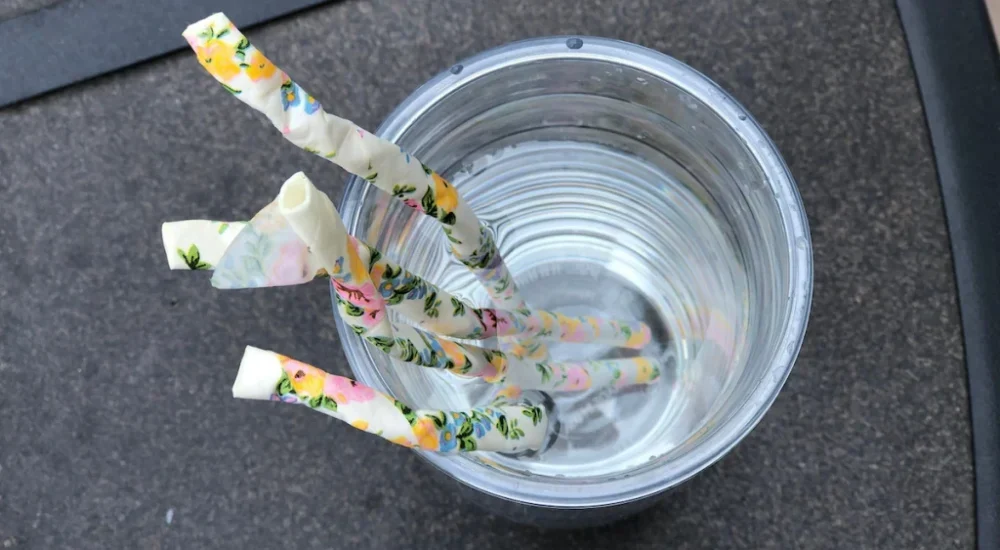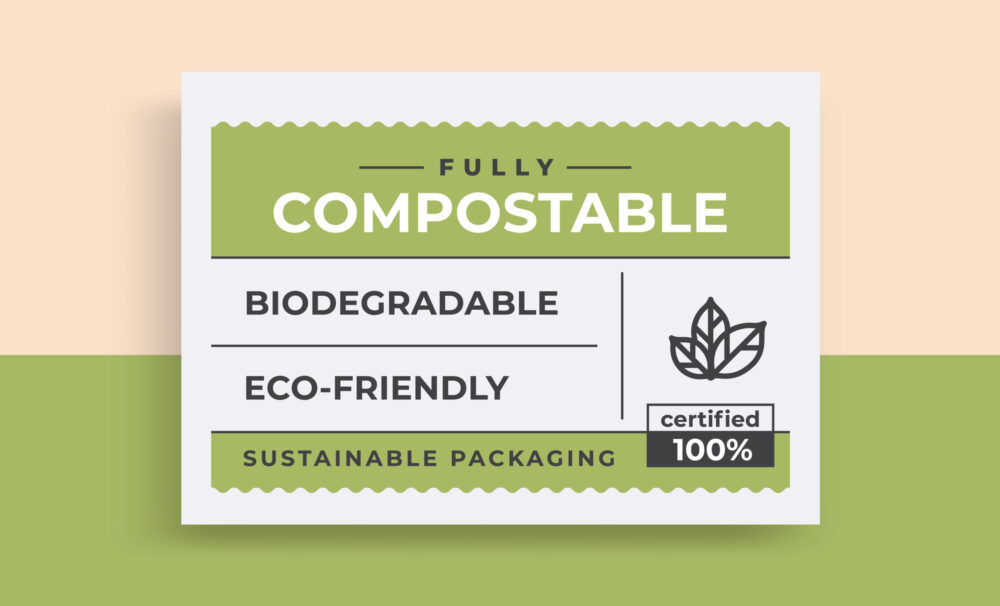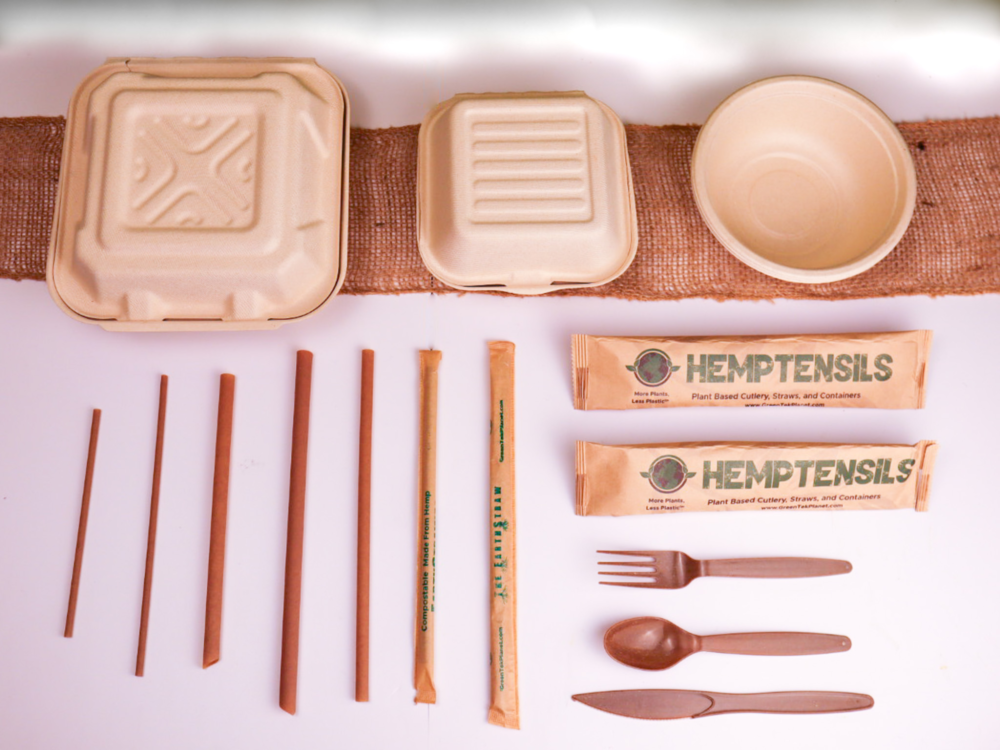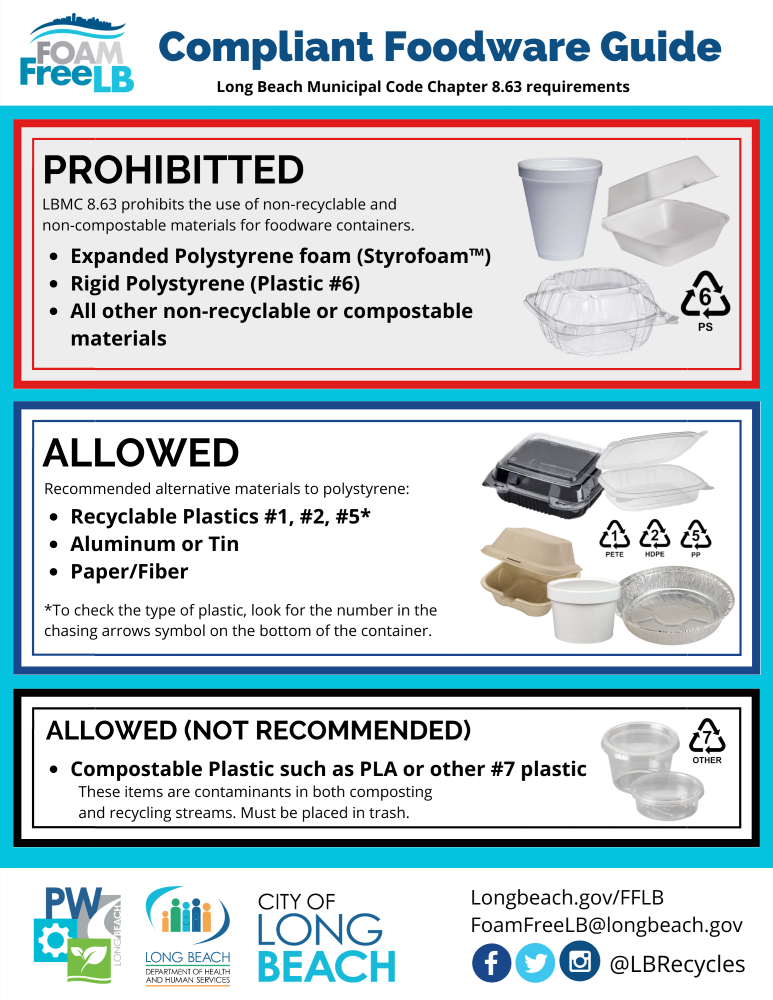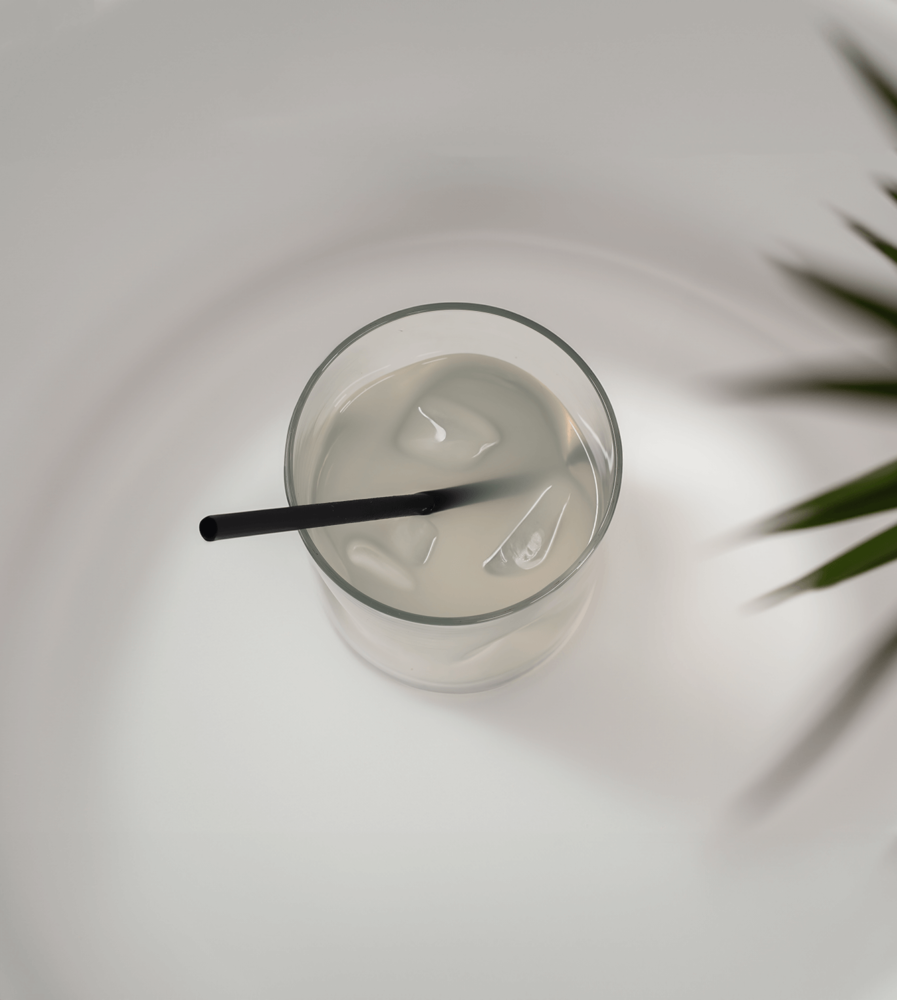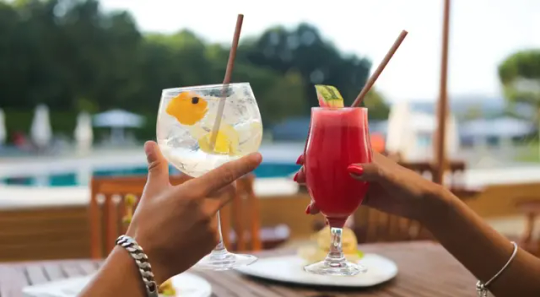As the world grapples with plastic pollution, paper straws and bioplastic have emerged as viable alternatives to traditional single-use plastic straws. However, these tree-based alternatives come with their own sets of drawbacks.
In this blog post, we delve into the detriments of conventional plastic straws and the ineffectiveness of paper straw alternatives. We will explore new alternatives and how they are produced to impact our environment and contribute to waste. Finally, we’ll compare performance and sustainability between paper straws vs bioplastics like hemp plastic.
This comprehensive guide aims to provide restaurant & bar owners valuable insights on eco-friendly alternatives that could potentially reduce their carbon footprint while meeting consumer needs effectively.
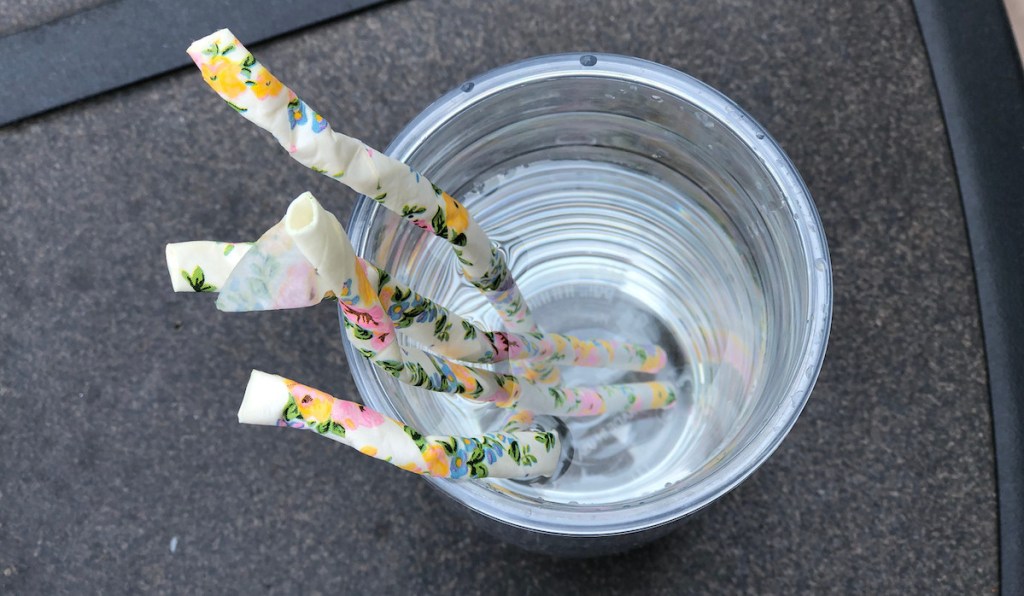
Detriments of Plastic Straws
The environmental impact of plastic straws is a growing concern worldwide. They’re like the stubborn guests at a party who refuse to leave – non-biodegradable and sticking around for hundreds of years. Approximately 5 hundred million drinking straws are consumed each day in the United States. That’s enough to build a plastic straw tower to the moon.
But wait, there’s more. These tubes, while seeming harmless enough to us, are actually causing great harm to the lives of marine animals who mistakenly consume them. It’s like a case of mistaken identity – animals think they’re food, but they’re really just plastic imposters. A study published by Science Magazine revealed that over 1 million seabirds and 100,000 marine mammals meet their untimely demise each year from ingesting plastic. Talk about a deadly diet.
And if that wasn’t bad enough, plastic straws are also guilty of contributing to greenhouse gas emissions during their production process. Seems like they’re stirring up the pot of global warming. We’re in hot water, folks.
Negatives of Paper Straws
Although conventional paper straws may appear to be a more environmentally friendly alternative to plastic ones, they come with their own disadvantages. The main issue is performance – paper straws tend to become soggy quickly, leading to a less than satisfactory drinking experience for customers.
This Business Insider article highlights the common complaints about conventional paper straws, including how they can alter the taste of drinks and are often not sturdy enough for thicker beverages like milkshakes or smoothies. Check it out.
In addition, while they’re marketed as biodegradable, this only holds true under specific composting conditions. In a landfill environment where most end up, they behave much like regular plastic, taking years to break down and contributing to waste problems.
Finally, producing paper straws requires significant amounts of water and energy resources which further diminishes their environmental benefits. So much for being “green”.
Bioplastics: The Eco-Friendly Plastic Alternatives
The environment is in trouble, but fear not. Bioplastics are here to save the day. These sustainable materials are made from renewable resources like corn, starch, and sugar.
- Corn-based bioplastics: Fermented plant sugars magically transform into polylactic acid (PLA).
- Starch-based bioplastics: Carbohydrate-rich plants undergo a magical conversion into PLA.
- Sugar-derived bioplastics: Bacteria work their magic, turning sugars into biodegradable plastics.
Forget paper straws. These bioplastics outperform them and have a smaller environmental footprint than regular plastic. However, bioplastics have varying levels of sustainability. Some need fancy industrial facilities to compost, while others break down naturally in soil. And now, introducing the superhero of sustainable materials: hemp plastic.
Paper Straws vs Bioplastic Straws: Performance
When it comes to straw performance, paper and bioplastic go head-to-head. Paper straws may be eco-friendly, but they turn into mush faster than a soggy cereal. Plus, they don’t last as long as their plastic counterparts.
In contrast, bioplastics are like the superheroes of straws. They’re made from plant-based materials, like corn or starch, giving them the strength and durability of plastic without the guilt. It’s a success story for both the reliability and pleasure of customers.
The difference is especially noticeable in restaurants and bars, where drinks can linger for hours. Paper straws can’t handle the marathon and start to disintegrate faster than a sandcastle in a tsunami.
The Most Sustainable BioPlastic: Hemp Plastic
When it comes to bioplastics, hemp plastic takes the lead. It’s derived from repurposed materials from the hemp industry which are otherwise burned, thus offsetting emissions from waste disposal. Plus, hemp plants absorb CO2 and release oxygen, helping heal the earth and atmosphere.
Hemp plastic isn’t just eco-friendly during its lifecycle; it continues to shine even after use. It’s completely compostable in soil, no fancy facilities needed. Take that, other bioplastics.
Restaurant owners, listen up. Hemp plastic is the sustainable choice that doesn’t compromise on performance or customer satisfaction. Go green and impress your patrons.
Paper Straws vs Hemp Plastic: Sustainability
When it comes to sustainability, hemp plastic takes the lead over paper straws. Why? Because hemp grows three times faster than trees, saving water and resources. It’s like the Usain Bolt of plants, sprinting towards a greener future.
National Geographic reports that unlike traditional plastics or even some bioplastics that hang around for centuries in landfills, hemp plastic is a composting champ. It breaks down in soil faster than a cheetah chasing its prey, without needing fancy industrial facilities.
In a world obsessed with saving the planet, choosing hemp-based bioplastic straws for your restaurant can shrink your carbon footprint and keep your customers happy. It’s a fortunate circumstance, like stumbling upon an unexpected treasure.
FAQs in Relation to Paper Straws, Bioplastic
Are bioplastic straws better than paper straws?
Yes, bioplastic straws are generally more durable and have a lower environmental impact compared to paper straws. For more information, you can check this study on the sustainability of different types of straws.
What is the research about paper straws?
The research indicates that while paper straws are an improvement over plastic ones, they still require significant resources for production and do not decompose as quickly as one might think. You can read more in this paper straw study.
Are paper straws worse for the environment than plastic straws?
No, but their environmental benefits may be less than expected due to factors like production energy and decomposition rate. Here’s a comprehensive environmental comparison between plastic and paper products.
Are paper straws actually biodegradable?
Paper straws are indeed biodegradable but take longer to break down compared to some other materials such as hemp-based plastics. More details can be found in this biodegradability report.
Conclusion
In conclusion, plastic straws are bad for the environment, but paper straws have their own problems too.
Bioplastics, made from renewable resources, are a better option than both plastic and paper straws.
Hemp plastic is one of the most sustainable choices among bioplastics.
Restaurant and bar owners should consider performance and sustainability when choosing between paper straws and hemp plastic.
Learn more about GreenTek Products.

